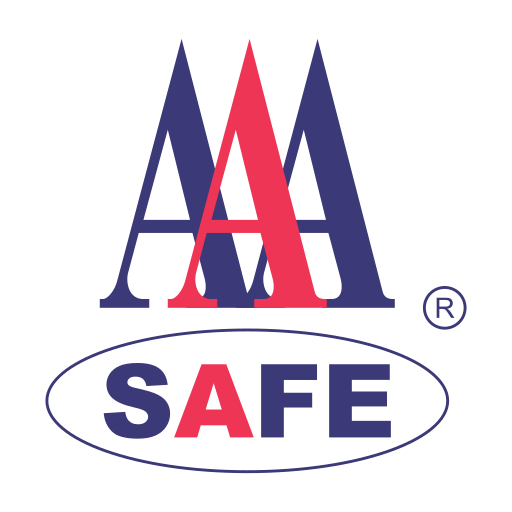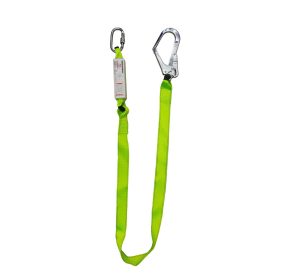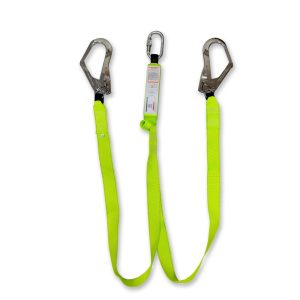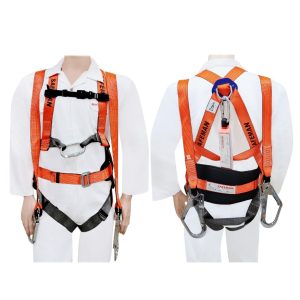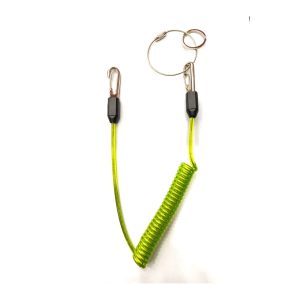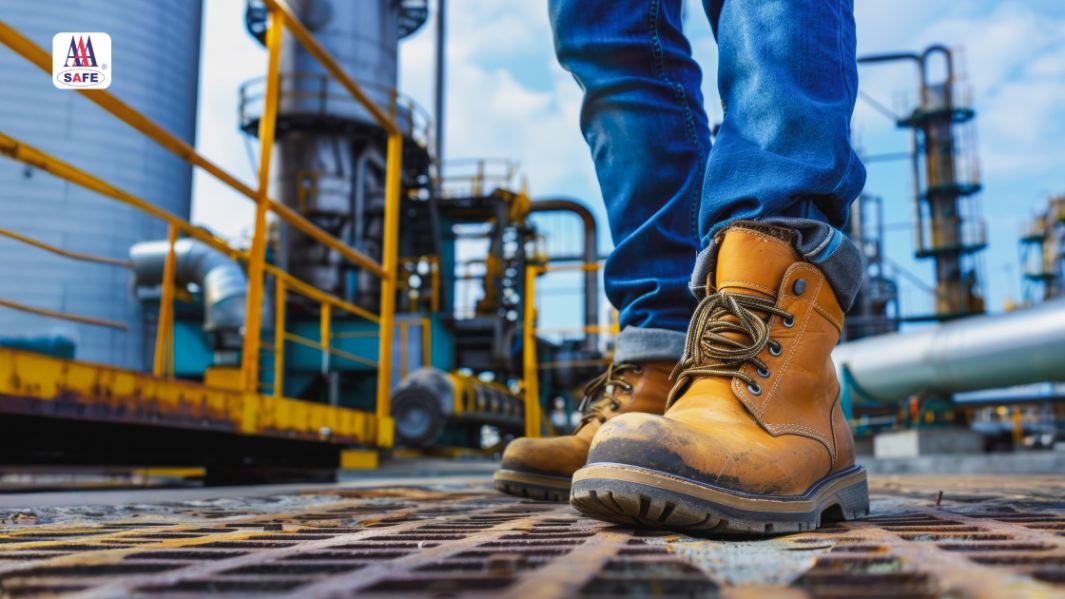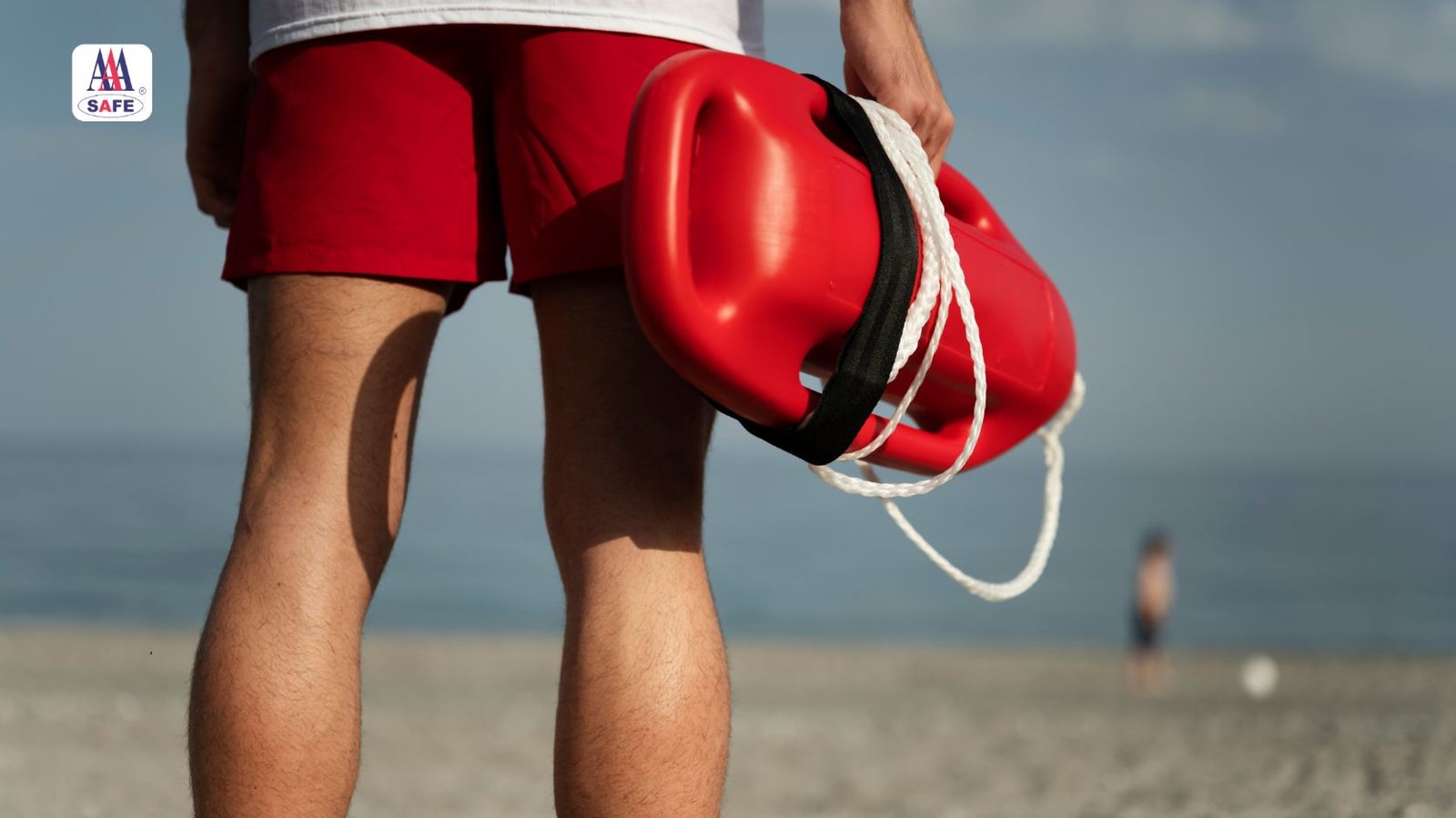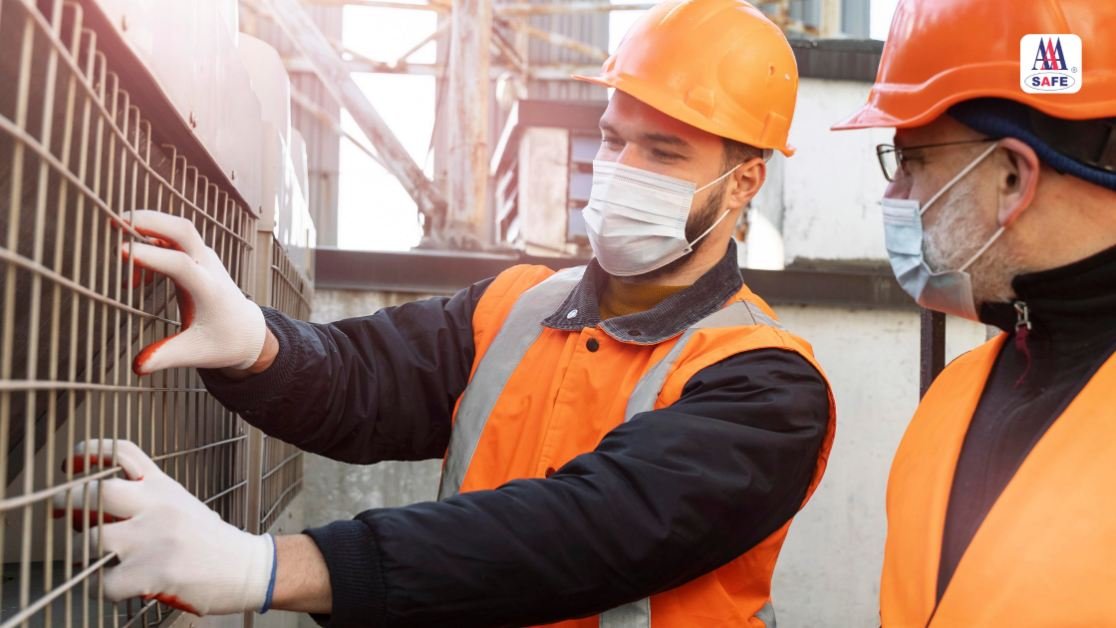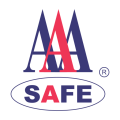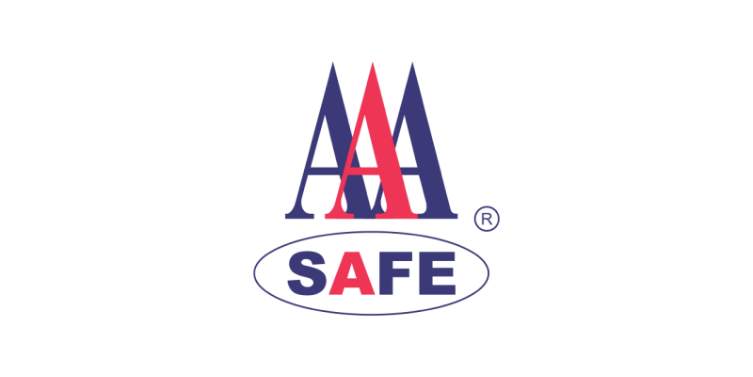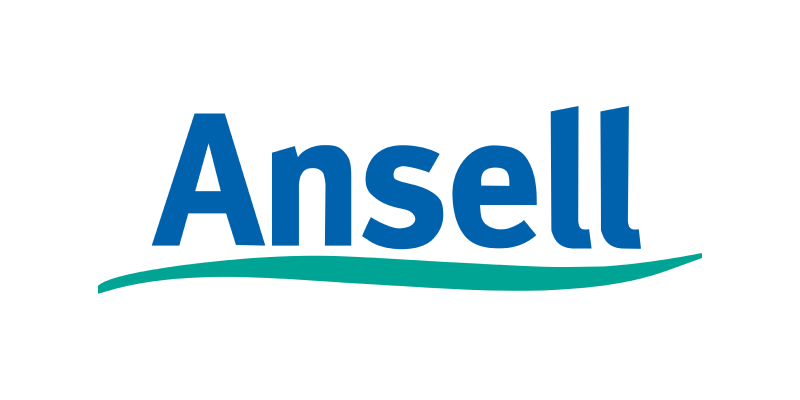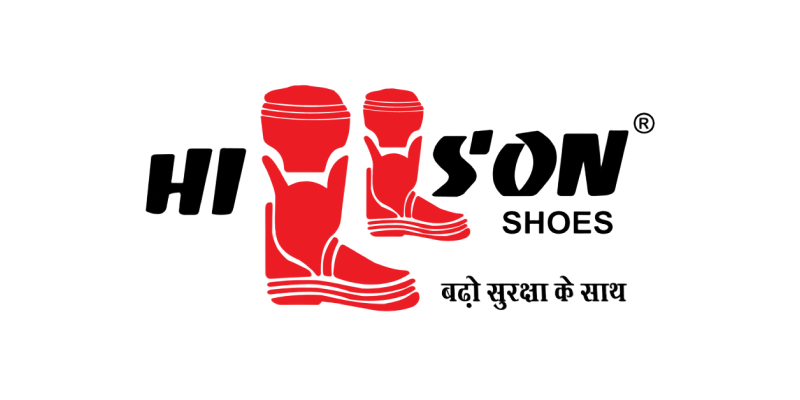In the United Arab Emirates (UAE), where construction and industrial sectors are booming, workplace safety is paramount. Understanding the differences between Energy Absorbing Lanyards and Positioning Lanyards is crucial for ensuring worker safety at heights. This guide explores the four key differences between these essential safety tools, tailored to the UAE’s unique working environments.
Overview of Lanyards in Fall Protection
Before diving into the differences, let’s briefly define each type of lanyard:
Energy Absorbing Lanyards
These lanyards are designed to reduce the impact force on a worker during a fall. They typically feature a shock-absorbing component that deploys during a fall event. Energy absorbing lanyards are essential in scenarios where workers may fall from significant heights, as they help to mitigate the forces experienced by the body during the fall.
Positioning Lanyards
These lanyards are used to hold a worker in place while working at heights, allowing hands-free operation. They are not designed to arrest falls but to prevent them by keeping the worker in a stable position. Positioning lanyards are particularly beneficial for tasks that require both safety and freedom of movement, such as maintenance work on tall structures or installations.
4 Key Differences Between Energy Absorbing and Positioning Lanyards
1. Primary Function
Feature | Energy Absorbing Lanyards | Positioning Lanyards |
Primary Function | Arrest falls and reduce impact force | Maintain worker position and prevent falls |
Usage | Used in fall arrest systems | Used in work positioning systems |
Design Purpose | Designed for unexpected falls | Designed for continuous tension during work |
UAE Context: In the UAE’s high-rise construction projects, energy absorbing lanyards are crucial for workers at risk of falls, while positioning lanyards are ideal for tasks requiring stable positioning, such as window installation or facade work.
2. Design and Mechanism
Feature | Energy Absorbing Lanyards | Positioning Lanyards |
Design Elements | Include shock-absorbing element | Typically made of strong, non-stretching material |
Fall Response | Extend during fall to absorb energy | Remain taut to maintain position |
Adjustability | Often have tear-away stitching or deforming elements | Usually adjustable for different work positions |
UAE Context: The UAE’s extreme heat can affect lanyard materials. Energy absorbing lanyards must be designed to withstand high temperatures without compromising their shock-absorbing capabilities, while positioning lanyards need to maintain their strength and adjustability in hot conditions.
3. Fall Distance and Clearance Requirements
Feature | Energy Absorbing Lanyards | Positioning Lanyards |
Fall Clearance | Require significant fall clearance | Designed for minimal fall distance |
Free Fall Limit | Typically allow for 6 ft (1.8 m) free fall | Limit free fall to 2 ft (0.6 m) or less |
Deployment Considerations | Need to account for deployment length | Minimal additional clearance needed |
UAE Context: In the UAE’s diverse work environments, from oil rigs to skyscrapers, understanding fall clearance is crucial. Energy absorbing lanyards require careful calculation of fall clearance, especially important in multi-story construction projects common in cities like Dubai and Abu Dhabi.
4. Regulatory Standards and Usage
Feature | Energy Absorbing Lanyards | Positioning Lanyards |
Regulatory Compliance | Must meet fall arrest standards (e.g., EN 355) | Must comply with work positioning standards (e.g., EN 358) |
Usage Requirements | Used with full body harness | Can be used with work positioning belts or harnesses |
Suitability | Mandatory for fall arrest situations | Not suitable as primary fall protection |
UAE Context: The UAE follows international safety standards while also having specific regulations. Companies must ensure compliance with both UAE labor laws and international standards like EN and ANSI for fall protection equipment.
Choosing the Right Lanyard for UAE Work Environments
When selecting between energy absorbing and positioning lanyards in the UAE, consider the following factors:
Nature of Work
Assess whether the primary risk is falling or the need for stable positioning. Understanding the specific tasks involved will help in making the right choice.
Work Environment
Consider factors like height, temperature, and potential hazards specific to UAE workplaces. For instance, construction sites may require different lanyard types than maintenance tasks in high-rise buildings.
Compliance
Ensure adherence to UAE labor laws and relevant international safety standards. This includes regular audits and checks to ensure that all safety equipment meets necessary regulations.
Worker Training
Provide comprehensive training on the correct usage of each lanyard type, which is crucial in the multicultural workforce of the UAE. Training should include practical demonstrations and assessments to ensure workers understand how to use the equipment correctly.
Maintenance and Inspection in UAE Conditions
Regular maintenance and inspection are crucial, especially considering the UAE’s harsh climate. Here are some key considerations:
Heat and UV Exposure
Regularly check for material degradation due to intense sunlight and heat. Lanyards can become brittle or weakened, reducing their effectiveness.
Dust and Sand
Clean lanyards frequently to prevent abrasive damage common in desert environments. Dust and sand can accumulate in the lanyards’ mechanisms, potentially impairing their function.
Moisture in Coastal Areas
In coastal UAE cities, inspect for any signs of corrosion or material weakening due to humidity. This is particularly important for metal components of the lanyards.
Record Keeping
Maintain a log of inspections, repairs, and replacements. This record can help in identifying patterns of wear and tear and ensuring compliance with safety regulations.
Additional Safety Measures in the UAE
Besides using the appropriate lanyards, employers should implement additional safety measures to enhance worker safety at heights:
Use of Personal Protective Equipment (PPE)
Ensure that all workers are equipped with appropriate PPE, including helmets, harnesses, and protective footwear. The right gear can significantly reduce the risk of injuries during fall incidents.
Regular Safety Training
Conduct regular safety training sessions to keep workers informed about the latest safety practices and equipment usage. Incorporating real-life scenarios can help workers understand the importance of safety protocols.
Safety Audits
Implement regular safety audits to identify potential hazards and ensure compliance with safety regulations. These audits can help in taking corrective actions before incidents occur.
Emergency Response Plan
Establish a clear emergency response plan in case of a fall or other safety incidents. This plan should be communicated to all workers, and regular drills should be conducted to ensure preparedness.
Conclusion
Understanding the differences between energy absorbing and positioning lanyards is crucial for ensuring worker safety in the UAE’s diverse and challenging work environments. By selecting the appropriate lanyard for each task and maintaining them properly, employers can significantly reduce the risk of workplace accidents and comply with stringent safety standards.
Remember, the right equipment, combined with proper training and regular inspections, forms the foundation of a robust fall protection program in the UAE’s dynamic industrial and construction sectors. Ensuring that workers are well-informed about the equipment they use and the risks they face is essential in promoting a culture of safety across all industries.
By prioritizing safety and investing in the right fall protection solutions, businesses in the UAE can create a safer work environment for their employees, ultimately leading to increased productivity and morale.
